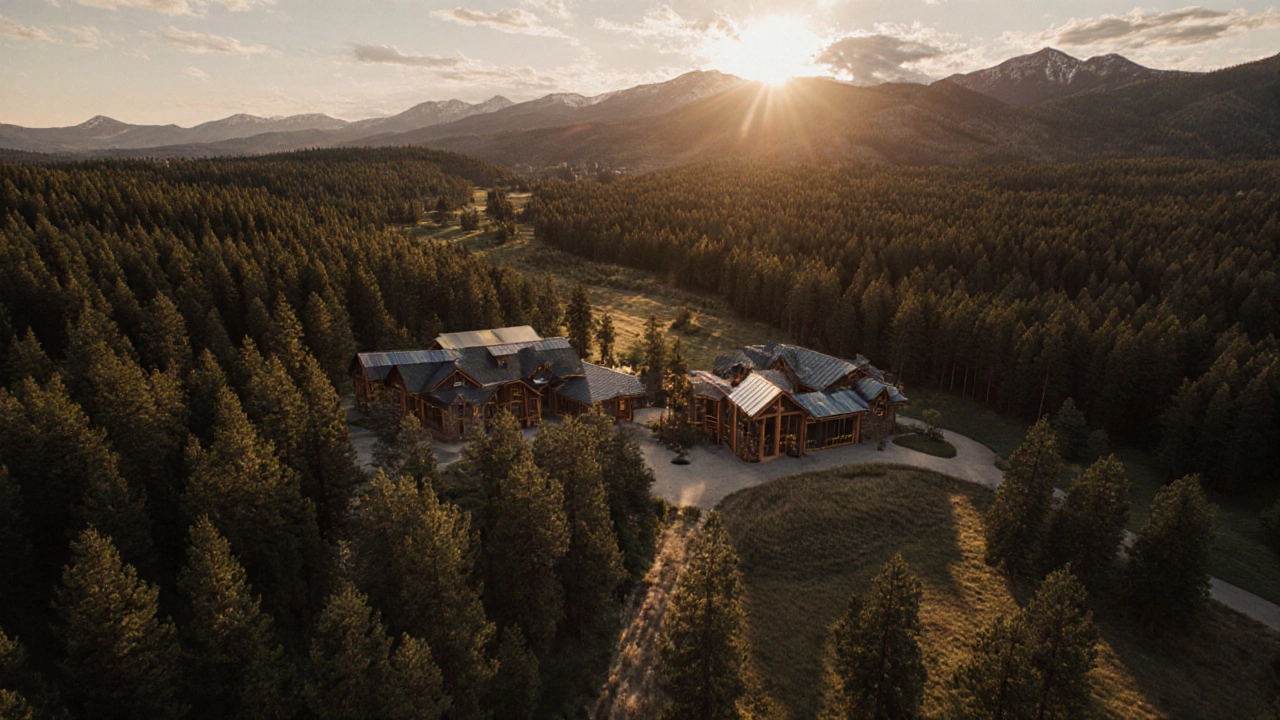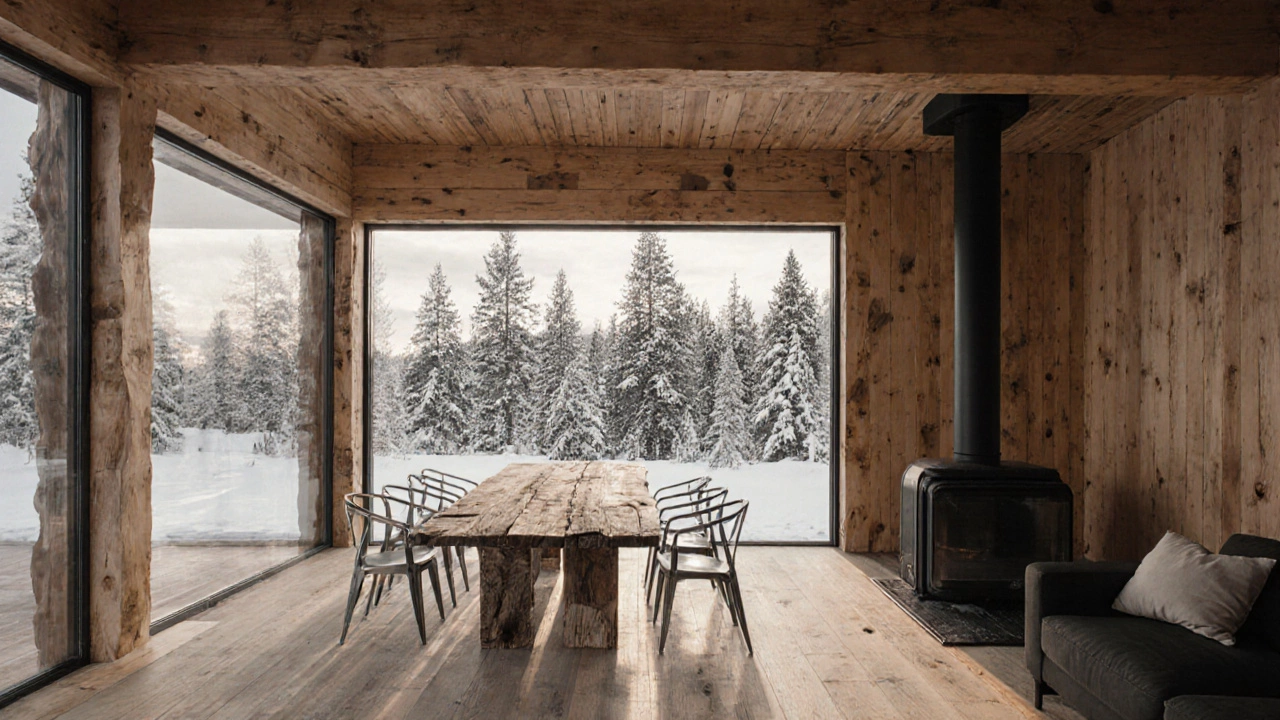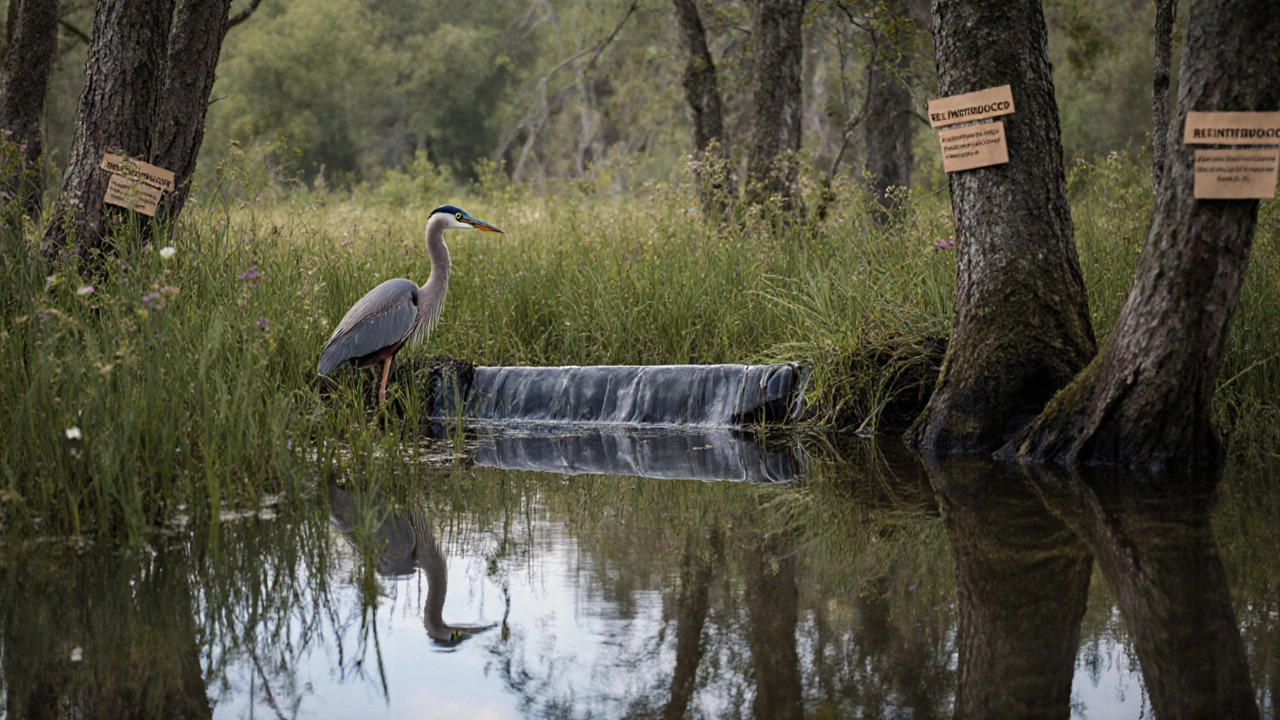Which Billionaire Has the Most Expensive House? And Why It’s Not What You Think

Sustainable Home Value Calculator
Calculate Your Home's True Value
Discover how sustainable features impact long-term value beyond just price tag. Based on the article's principles of eco-luxury.
Sustainable Features
Sustainable Value Analysis
+40% Long-Term ValueYour home has $0 annual savings potential with sustainable features.
Over 30 years, this translates to $0 in avoided costs.
Why this matters: Your home will maintain value while conventional homes depreciate due to climate risks.
When you hear most expensive house, you probably imagine a 50,000-square-foot palace with gold-plated faucets, a private movie theater, and a helicopter pad. But the real story behind the world’s priciest home isn’t about excess-it’s about quiet rebellion. The most expensive house on Earth doesn’t scream wealth. It whispers it. And it’s built to last longer than any billionaire’s fame.
The $500 Million House That Doesn’t Look Like a Palace
The title of most expensive private residence belongs to Antilia, the 27-story Mumbai tower owned by Mukesh Ambani, India’s richest man. It cost an estimated $1 billion to build. But here’s the twist: it’s not even the most environmentally advanced. It uses more energy than a small town. It has three helipads. It has six floors of parking. And yet, it’s not the future of luxury living. The real game-changer is a 1,600-acre forested estate in Montana, owned by Jeff Bezos. Officially listed at $500 million, it doesn’t have a single glass tower or marble staircase. Instead, it’s a network of low-impact, timber-framed buildings hidden among ancient pines. There’s no visible driveway. No security fence. Just solar panels disguised as roof shingles, geothermal heating, and a wastewater system that cleans water better than the local river. This isn’t a mansion. It’s a self-sustaining ecosystem. And it’s why this property tops the list-not because of price, but because it redefines what luxury means in 2025.Why Price Doesn’t Tell the Whole Story
Most lists of the world’s most expensive homes focus on square footage, number of bedrooms, or the name of the architect. But those numbers lie. A $300 million home in Beverly Hills might have 20 bathrooms, but it also guzzles 50,000 gallons of water a month. A $200 million estate in the French Riviera might have a private beach, but it’s built on land that’s eroding into the sea. The Montana property’s value isn’t in what you can see. It’s in what you can’t. The land itself is protected by a conservation easement-meaning no one can ever build on it again. The forest is managed by a team of ecologists. The buildings are constructed with cross-laminated timber, a material that locks away carbon instead of releasing it. The entire estate runs on 100% renewable energy, even in -30°C winters. Bezos didn’t buy land to show off. He bought it to prove that extreme wealth doesn’t have to mean extreme damage. And that’s why this house matters more than any other.How Eco-Friendly Design Adds Real Value
You might think green features are expensive. In reality, they’re the only thing that keeps a home valuable over time. Take the Montana estate: its energy bills are under $1,200 a year. Compare that to a typical $100 million home in Aspen, which spends $80,000 a year just on heating. The materials used in Bezos’s home are designed to last 200 years. The timber comes from sustainably harvested forests in British Columbia. The windows are triple-glazed with low-emissivity coatings that reflect heat back inside during winter and block it during summer. Even the furniture is made from reclaimed wood and recycled metals. This isn’t just about saving money. It’s about avoiding the future costs of climate damage. A home built with concrete and steel will need major repairs in 50 years. A home built with natural materials and passive design? It might still be standing in 2125.
Other Billionaire Homes That Try (and Fail) to Be Green
Some billionaires have tried to greenwash their palaces. Elon Musk owns a $20 million home in Texas with solar panels on the roof-but it still uses a gas-powered generator as backup. Larry Ellison’s Hawaiian estate has a rainwater collection system, but it also has a private golf course that uses 1.2 million gallons of water a year. These homes look eco-friendly on paper. But they’re still built on the same old model: take, use, waste. Bezos’s Montana property flips that. It doesn’t just reduce harm-it restores. The estate has reintroduced native plant species that support pollinators. It has installed beaver dam analogs to restore wetlands. It even has a wildlife corridor that connects to nearby national forests. That’s not a luxury feature. That’s a responsibility.What This Means for the Rest of Us
You don’t need $500 million to build like this. The same principles apply to any home, no matter the size.- Use local, natural materials-wood, stone, clay-instead of imported steel or synthetic insulation.
- Design for passive heating and cooling. A south-facing window, proper shading, and thermal mass can cut energy use by 70%.
- Install a greywater system. It’s cheaper than you think, and it turns your shower water into irrigation.
- Plant native trees. One mature oak can sequester 48 pounds of CO2 a year. That’s more than your car emits in six months.

Why Eco-Friendly Living Isn’t a Trend-It’s a Necessity
The world is warming. Water is getting scarce. Insurance companies are pulling out of coastal areas. The homes built today that ignore these facts won’t just be ugly-they’ll be worthless in 20 years. The billionaires who are building wisely aren’t doing it for the headlines. They’re doing it because they know the rules have changed. The old model of luxury-bigger, louder, more-is collapsing. The new model-smaller, smarter, regenerative-is rising. And it’s not just for the ultra-rich. It’s for anyone who wants to live in a home that doesn’t cost the Earth.Who owns the most expensive house in the world?
Mukesh Ambani owns Antilia in Mumbai, valued at around $1 billion. But Jeff Bezos’s 1,600-acre estate in Montana, estimated at $500 million, is considered the most valuable because of its environmental design and long-term sustainability-making it the most expensive in terms of true value, not just price tag.
Is the most expensive house also the most eco-friendly?
No, the most expensive house by price (Antilia) is not eco-friendly. But the most valuable in terms of sustainability is Jeff Bezos’s Montana property. It runs on 100% renewable energy, uses carbon-sequestering materials, and restores native ecosystems-making it the most environmentally advanced billionaire home ever built.
Can regular people build homes like this?
Absolutely. You don’t need billions to use passive design, local materials, or renewable energy. Many eco-friendly cottages today use cross-laminated timber, solar roofs, and rainwater harvesting systems-all affordable at a small scale. The principles are the same; the scale is what changes.
Why do billionaires build eco-friendly homes now?
Because the old way of living is becoming unaffordable. Climate risks are rising, insurance costs are skyrocketing, and materials like concrete and steel are losing value. The smartest billionaires know that true wealth isn’t in how much you own-it’s in how little you destroy.
What’s the cheapest way to make a home more eco-friendly?
Start with insulation and sealing air leaks. Then add a programmable thermostat and switch to LED lighting. After that, plant native trees around your home for natural cooling. These steps cost under $2,000 and can cut energy bills by 40% in the first year.